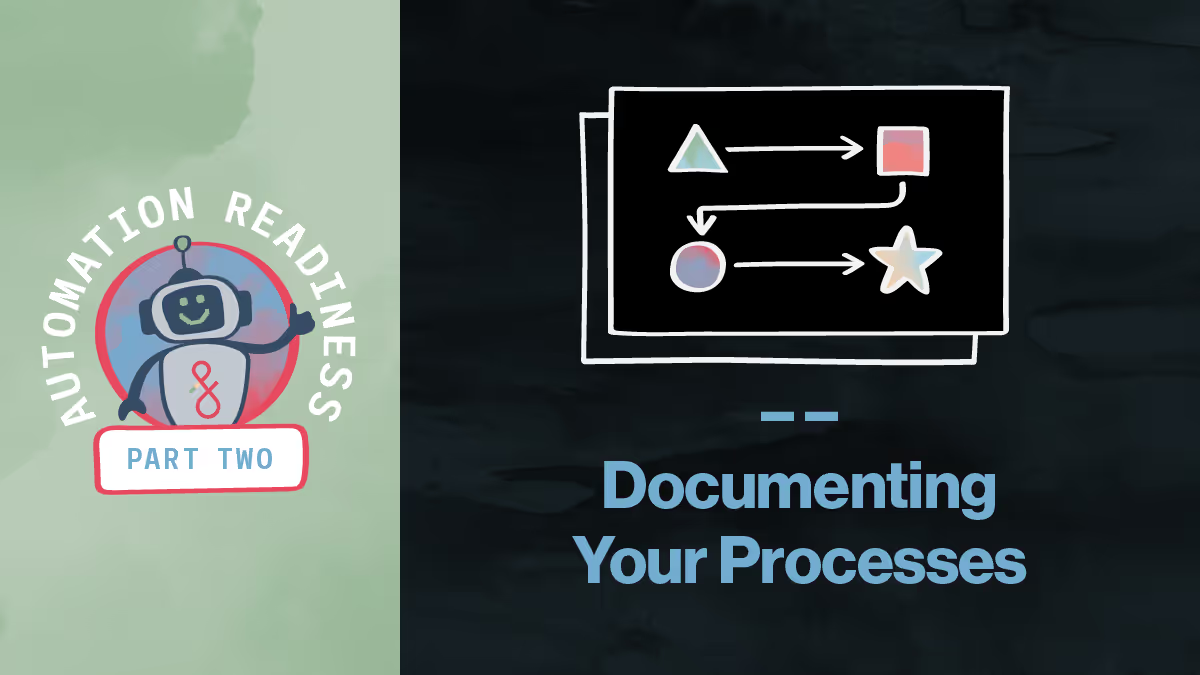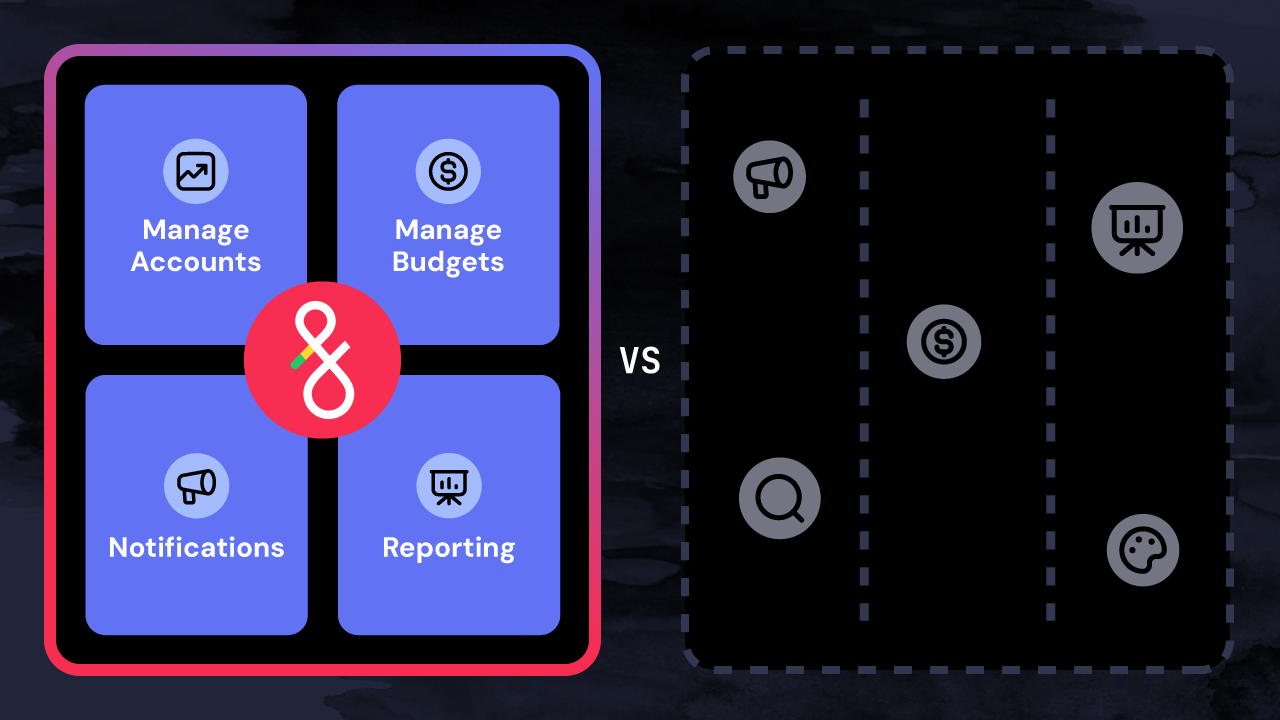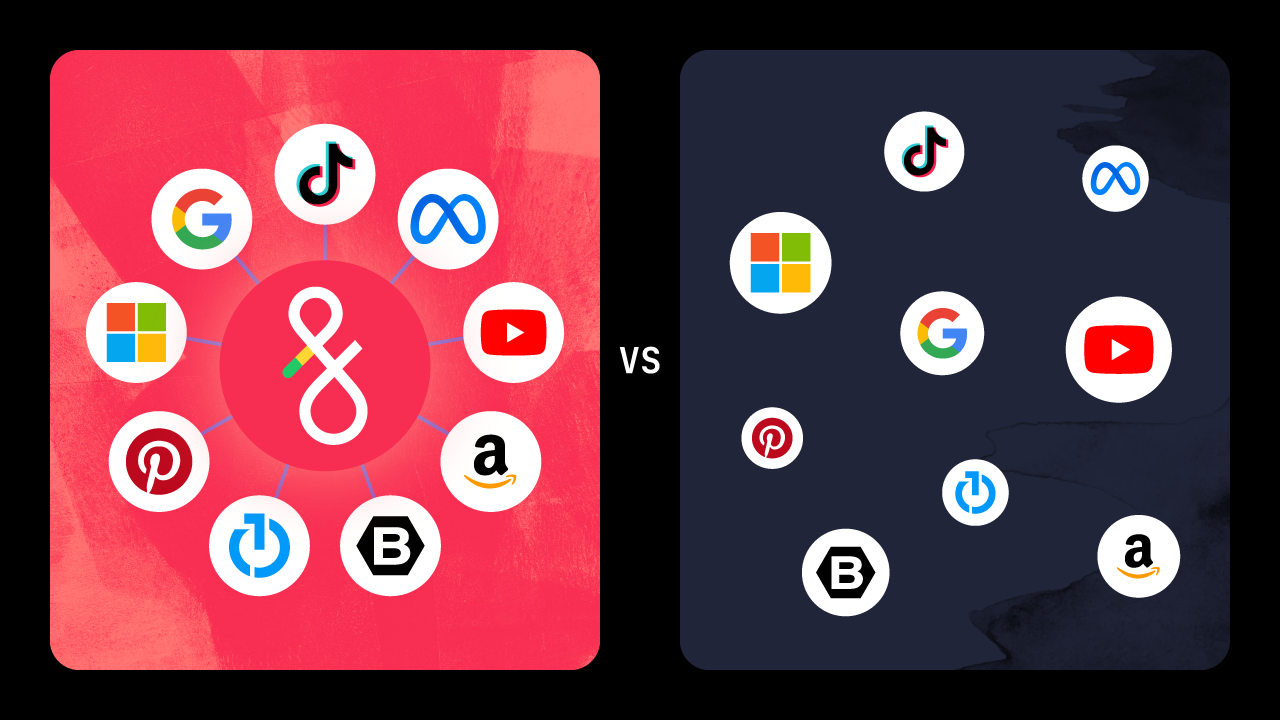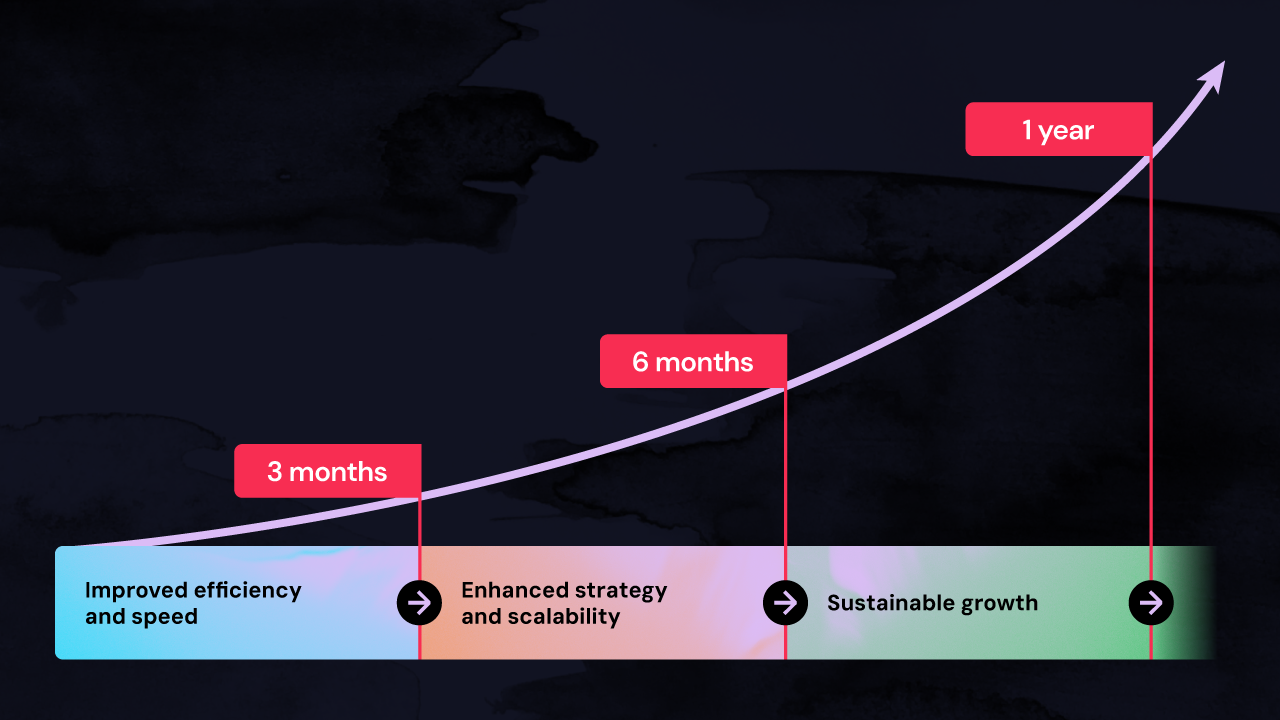On the path towards automation readiness, it’s important to consider how you do things now—also known as your processes.
Digital advertising agencies develop a whole slew of processes that make up their overall operations. Automation will streamline many of these—often in extraordinarily efficient ways you might not expect. However, in order to reach your goal of cohesive automation across your organization, you must know where your workflow is coming from.
Let’s be clear: If you can document your workflow, your path to automation will be a faster one. If not, there’s no need to worry. The right automation partner, like Fluency, is well-suited to guide this discovery.
To take this on, you’ll need to understand what it means to document your processes, how to describe your workflows, and how documentation can assist you on the path to automation.
What It Means to Document Your Processes
Documenting a digital ad agency’s processes means detailing all of its workflows from end to end. Doing this creates a centralized source of information and action for automation partners to pull from and then use to reform your processes in a way that caters to efficiency, scalability, or whatever goals you may have.
To document your processes, you must look intently at what happens between onboarding through execution, putting it all down on paper. If this information is not already centralized, the task may require reaching out to various individuals across your organization to glean workflow processes.
The Nuts and Bolts: Describing Your Workflow
As you articulate your current workflows, you’ll want to make sure even an outsider can understand your process. That means getting specific, and even remedial: Even if you think a process is a “given” in your organization, it’s still crucial to record it.
Consider factors such as:
- What it looks like to launch a new account
- Where is the information collected, structured, stored and transmitted to inform your onboarding team
- How you go about executing ads for a new client
Here’s an easy way to think about this: Consider how you’d explain the workflow for launching a new account to a brand-new employee. How would you bring this person up to speed on all the critical, day-to-day details?
In addition to the workflows themselves, consider these two things:
- Where you’re documenting the processes
- Whether it’s in a consistent fashion
Documentation Is Your Data Source for Automation
At Fluency, we believe the right partner will make the automation process feel natural. This is especially true with Fluency’s Robotic Process Automation for Advertisers (RPA4A), which is intuitive to its core.
Fluency knows that workflow documentation is a crucial data source that informs the automation process itself. Automation will often flip your workflow on its ear, making room for bigger, better digital ad agency operations. And all that is made possible by automation readiness.
Consider your workflow documentation as the source of truth for how your agency operates now, recognizing it could change (for the better) in an automated future.
You’re the Master of Your Own Fate—Fluency Is Just Here to Automate It
You’ve gotten this far, which means you’re probably more prepared for automation than you realize. Whether you’ve fully documented your workflows or you need guidance, Fluency is more than happy to help. More than anything, it’s important to consider your ultimate goals for automation. What if you freed up 80% of your strategists’ time? Would you challenge the use of your newfound resources? As you look at the big picture, don’t forget the details that will help get you there, like documenting your processes for automation readiness.






